1. Mercurochrome
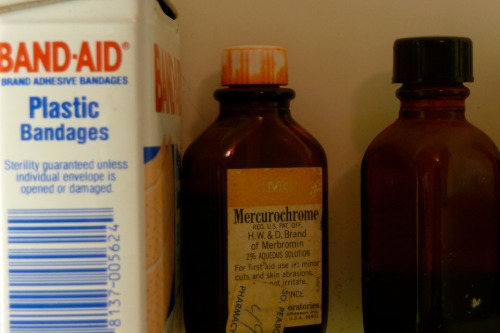
For generations, Mercurochrome was the go-to antiseptic for cuts and scrapes. Its bright red color made it instantly recognizable, and kids often ended up with stained knees and elbows. Unlike other antiseptics, it didn’t sting upon application, making it a favorite for parents treating minor injuries. However, it contained mercury, which eventually led to safety concerns.
By the late 1990s, the FDA reclassified it as “not generally recognized as safe and effective,” according to Macsen Labs. Without official approval, sales in the U.S. stopped, though it remained available in other countries for some time. Alternatives like iodine and hydrogen peroxide took its place, offering safer ways to clean wounds. While some still miss the nostalgic red stain, Mercurochrome is a relic of the past.
2. Mercury Thermometers
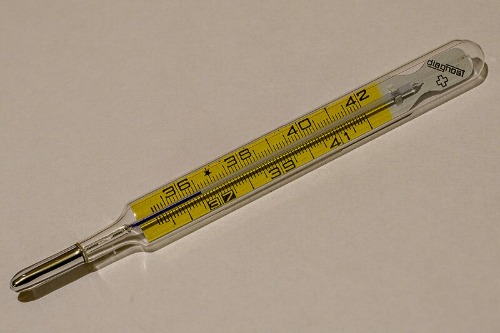
For decades, mercury thermometers were a staple in medicine cabinets, trusted for their accuracy. They worked by using liquid mercury, which expanded and contracted with temperature changes to provide a precise reading. However, mercury is highly toxic, and a single broken thermometer could release dangerous vapors into the air. Because of these risks, many countries banned their sale, replacing them with safer digital and alcohol-based alternatives, according to the Environmental Protection Agency.
Despite their phase-out, some people still remember them fondly for their reliability. Mercury thermometers lasted for years and didn’t require batteries, unlike today’s digital versions. However, the potential health and environmental hazards far outweighed their benefits. Pharmacies have since shifted entirely to safer, more sustainable options.
3. Paregoric (Opium Tincture)
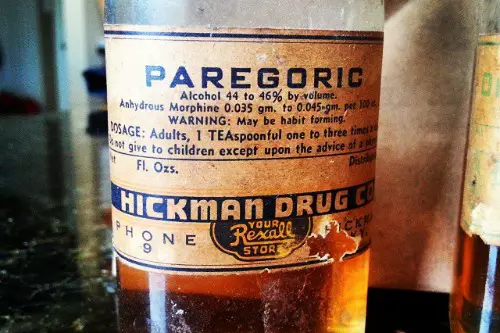
Paregoric was once a common over-the-counter remedy for diarrhea, coughing, and even teething pain in babies, according to Medline Plus. It contained a small amount of opium, which made it highly effective but also highly addictive. Parents would give it to infants to soothe fussiness, completely unaware of the potential dangers. Over time, the risks became clear, leading to tighter regulations and an eventual disappearance from pharmacy shelves.
By the late 20th century, paregoric was restricted to prescription use only, and even that became rare. Safer alternatives for diarrhea and pain relief took its place, eliminating the need for such a potent drug. Today, paregoric is almost unheard of outside of historical discussions. It serves as a reminder of how drastically medical standards have changed.
4. Brach’s Pick-A-Mix Candy Bins
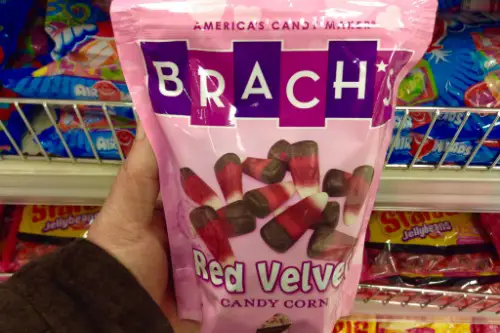
Not everything that disappeared from pharmacies was a medicine—some were just fun traditions. Brach’s Pick-A-Mix candy bins were once a staple near checkout counters, allowing customers to scoop their favorite candies into a bag. From butterscotch discs to chocolate stars, the variety was endless. It was a sweet treat for kids and adults alike, making pharmacy trips a little more enjoyable.
However, concerns over hygiene and changing store layouts led to their decline, according to 100.7 WITL. The idea of countless hands reaching into the same bins became less appealing over time. Pre-packaged candy became the new norm, and self-serve candy stations gradually vanished. While you can still find Brach’s candies in stores, the nostalgic Pick-A-Mix experience is long gone.
5. Ayds Diet Candy
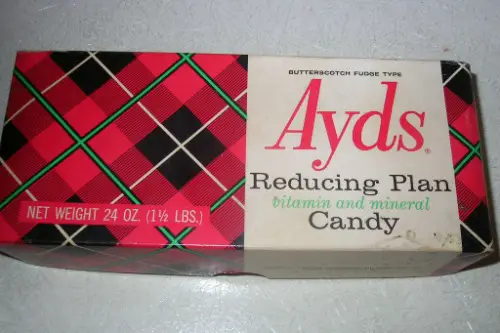
In the mid-20th century, Ayds diet candy was a popular appetite suppressant sold in pharmacies. The chewy, caramel-like candy contained an active ingredient called benzocaine, which numbed the taste buds to reduce hunger. It was marketed as an easy way to lose weight without dieting or exercise. For a time, it seemed like a miracle product, widely recommended for weight control.
However, by the 1980s, the unfortunate similarity of its name to the AIDS epidemic caused its downfall, according to Bruce Horovitz the Los Angeles Times. Sales plummeted as the public made the association, and rebranding attempts failed to save it. Additionally, the effectiveness of benzocaine for weight loss was questionable at best. Eventually, the product disappeared completely, making it one of the most infamous casualties of unfortunate marketing.
6. Sudafed with Pseudoephedrine (OTC)
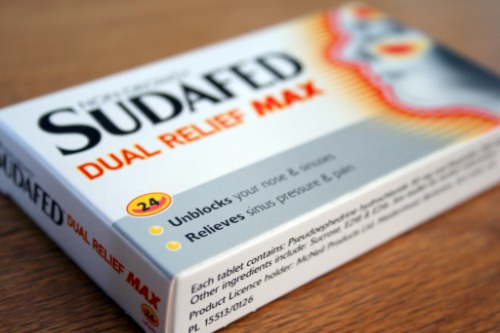
There was a time when you could walk into any pharmacy and grab a box of Sudafed off the shelf. The powerful decongestant contained pseudoephedrine, which was highly effective at relieving stuffy noses. However, it also became a key ingredient in the illegal production of methamphetamine. As a result, stricter laws were put in place to control its sale.
Now, purchasing Sudafed with pseudoephedrine requires showing ID and signing a registry in most places. Many stores moved it behind the counter or replaced it with weaker, non-pseudoephedrine versions. While it’s still available with restrictions, the days of casually tossing it into your cart are over. This shift was a major step in curbing illicit drug production, even if it made cold season a little more inconvenient.
7. Cocaine Tooth Drops
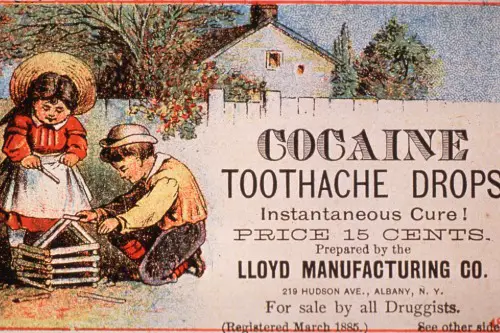
In the late 19th and early 20th centuries, pharmacies sold cocaine tooth drops as a remedy for toothaches. The powerful numbing effect made it highly effective at relieving pain, and it was even marketed for children. Parents unknowingly gave their kids small doses of cocaine to stop teething discomfort. At the time, cocaine’s dangers were not widely understood, and it was used in various medicinal products.
As addiction and abuse problems became clear, regulations tightened, and cocaine was eventually classified as a controlled substance. By the early 20th century, cocaine tooth drops disappeared along with other cocaine-based remedies. Today, we rely on safe, non-addictive alternatives like benzocaine gels. Looking back, it’s shocking to think such a substance was once so casually used.
8. Phenacetin Pain Relievers
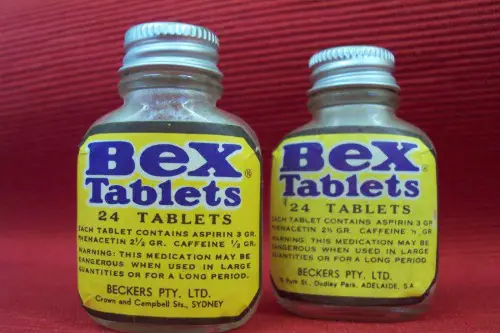
Phenacetin was a common ingredient in pain relievers for much of the 20th century. It was effective for headaches, fever, and other minor ailments, making it a pharmacy staple. However, long-term use was linked to kidney damage and even cancer. Studies showed it could cause severe health issues, leading to a gradual phase-out.
By the early 1980s, the FDA officially banned it due to safety concerns. Newer, safer painkillers like acetaminophen and ibuprofen took its place. While phenacetin-based drugs were once seen as reliable, the risks far outweighed the benefits. Today, it’s a reminder of how medical science continues to refine and improve over time.
9. Camphorated Oil
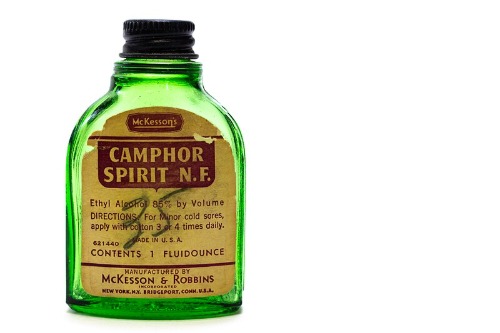
Camphorated oil was once a common household remedy for chest colds and muscle aches. Made from a mixture of camphor and vegetable oil, it was rubbed onto the skin to provide a cooling sensation. Many families used it as a homemade vapor rub, believing it helped clear congestion. However, camphor can be toxic if absorbed in large amounts or accidentally ingested, especially by children.
Over time, concerns about its safety led to stricter regulations. The FDA banned its sale as an over-the-counter drug in the 1980s due to poisoning risks. While camphor is still found in small, controlled amounts in some modern products, pure camphorated oil has vanished from pharmacy shelves. Today, menthol-based alternatives have taken its place as a safer option.
10. Thalidomide
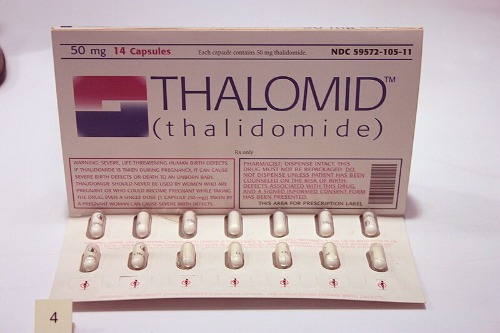
Thalidomide was originally sold as a sedative and treatment for morning sickness in pregnant women. It was widely prescribed in the late 1950s and early 1960s, with doctors believing it to be a safe solution for nausea. Unfortunately, it caused devastating birth defects in thousands of babies worldwide, leading to one of the worst medical disasters in history. Babies exposed to thalidomide in the womb were often born with malformed limbs, blindness, or other severe health issues.
As the scale of the tragedy became clear, the drug was pulled from the market in the early 1960s. This disaster led to stricter drug approval processes, forever changing pharmaceutical regulations. Today, thalidomide is used in very limited cases for conditions like leprosy and multiple myeloma, but only under strict medical supervision. Its dark history serves as a cautionary tale about drug safety and the importance of rigorous testing.
11. Accutane (Original Formula)
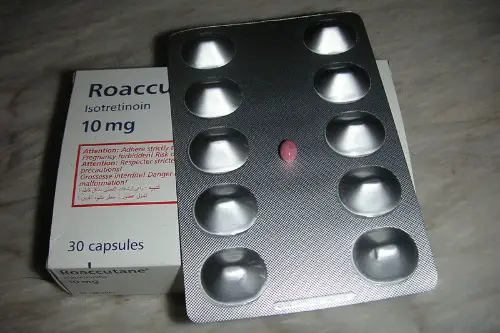
Accutane was once the go-to prescription treatment for severe acne, often seen as a miracle drug for those struggling with breakouts. It worked by drastically reducing oil production in the skin, leading to long-term improvements. However, it also came with a laundry list of serious side effects, including severe birth defects, depression, and liver damage. Patients were required to undergo regular blood tests and use strict birth control if prescribed to women of childbearing age.
Due to the risks, the original brand-name version of Accutane was discontinued in 2009, though generic versions still exist. The drug is now only available under strict monitoring programs to prevent misuse. Many dermatologists still prescribe isotretinoin (the active ingredient), but with more precautions than ever before. The original Accutane may be gone, but its legacy continues in acne treatment today.
12. Lydia E. Pinkham’s Vegetable Compound
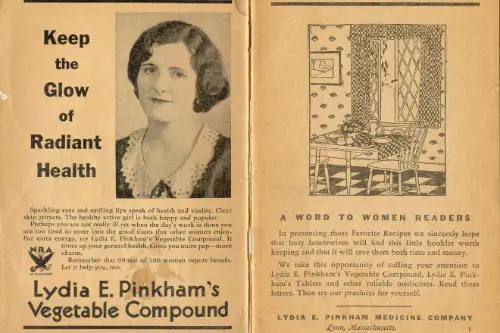
Lydia E. Pinkham’s Vegetable Compound was a wildly popular patent medicine in the late 19th and early 20th centuries. Marketed as a cure for “female complaints,” it claimed to treat everything from menstrual pain to menopausal symptoms. The tonic contained a mix of herbal ingredients—along with a hefty dose of alcohol. Women praised its effectiveness, though it’s likely the alcohol provided most of the relief.
By the mid-20th century, medical science had advanced, and skepticism about unproven tonics grew. The FDA cracked down on misleading claims, and the popularity of herbal elixirs declined. While Lydia Pinkham’s brand still exists in a modified form, the original formula is no longer available. Today, hormone therapy and evidence-based medicine have largely replaced these types of remedies.


